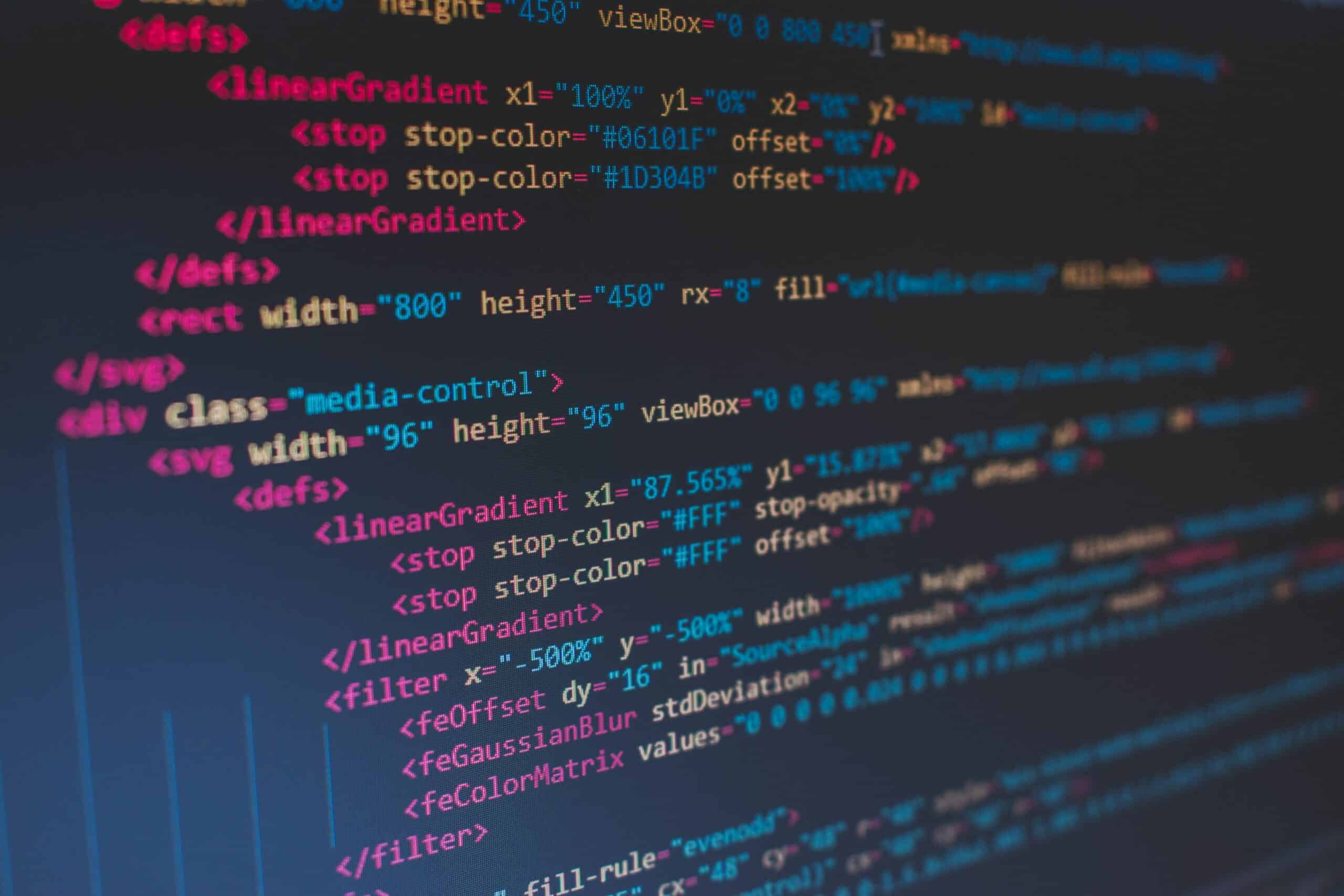Artificial intelligence: what is it and where is it used?
Despite the fact that AI has long been woven into our daily lives, far from everyone knows exactly what it entails. At SevenLab, we're always very interested in developments in technology, and we'd love to catch you up!


Enter the conversation with Koen!
History
It is one of the hottest topics in the industry. AI has become a major factor in the digital transformation the world is experiencing. It started with the extraordinary amounts of data that humans made (Big Data). Intensive research was done on how to process this data efficiently so that it could be analysed. For humans, processing such a large amount of data is very intensive, so machines were used.
This has opened the door for the technologies like self-driving cars, software-based diagnosis of diseases in healthcare and so on.
But what is AI, and how does 'it' operate?
The definition of Artificial Intelligence may change over time, but basically AI is a computer system that can learn completely independently of humans. Learning! Because, like humans, AI is not perfect. It must learn and adapt just as a human does: by receiving, processing and storing information for the future.

AI consists of multiple, cooperating layers. Input passes through the first layer. Individual neurons receive the input, give it a certain weight and produce output based on this weight. The output from the first layer then passes to the second layer. There, it is further processed to then repeat this process until the final output is produced.
Then it gets interesting. Who or what manages the network determines what is "correct" output. Each time data passes along the entire network, the end result is compared to what is defined as "correct" and minor adjustments are made, until the end result matches what is correct. This is how the network learns, from itself.
Example:
A child who hurts himself by touching a hot object will not easily commit the same mistake again, because the pain is registered and stored so that he does not commit the same mistake in the future!
Where are we already seeing AI in action?
As mentioned before, it is already applied very frequently. Below is a list of things you are sure to have come across a few times!

1. Create a grammatically correct text: Producing text from computer data is massively used in, for example, customer service chatbots. Just go and chat with the one from Bol.com!

2. Fraud detection: You have probably received a message from your bank that your credit card has been blocked because of a possible fraudulent payment, but in reality you have just made an unusual payment to, for example, a foreign web shop. AI has detected a payment outside of your normal payment pattern, making it think that your credit card may have fallen into the wrong hands!

3. Google Maps: Through anonymised location data from smartphones, Google can measure the (average) speed of traffic at any time and thus, for example, predict traffic jams and offer a new route directly via the app.
How will 'it' continue?
2016 was the year that AI really entered our daily lives for the first time in a noticeable way, with start-ups raking in large-scale investments to develop further. It is inevitable that AI will play an increasingly important role and change the way we perform certain actions! At SevenLab, we are working hard to keep up with these amazing developments to make everyday life a lot easier and more enjoyable for you and your colleagues too!
Want to know more about the possibilities of AI for you? Please contact contact with us.

